Every year on July 28, World Nature Conservation Day, we are reminded of how important it is to preserve a healthy environment. Firstly, by protecting our natural resources, we help society remain strong and stable. Secondly, by keeping the flora, fauna, energy resources, soil, water, and air intact, we help preserve all living things around us. And thirdly, through all of these efforts, we can help preserve the environment for future generations.
Read on to find out more about nature conservation and how you can seize every opportunity to adopt responsible travel practices.
What are the positive effects of nature conservation?

1. Creates jobs and stimulates the economy
Did you know that millions of people are involved in nature conservation across the globe? From organic farming and renewable energy production to maintaining nature parks and biospheres, environmental protection initiatives create jobs and are good for the economy.
2. Prevents natural disasters
Nature maintains balance on our planet. One example of this can be seen in our forests. They bind CO2 and convert it into oxygen, providing the very air that we breathe. Moreover, our forests help slow down climate change. And the more “pristine” the forest, the greater the positive effects. However, if forests are cut down, the climate of entire regions will change – leading to natural disasters.
3. Reminds us to be mindful of our actions
In our day-to-day lives, we consume many natural resources both directly and indirectly. For example, tropical forests are cleared for our fruit juices, the palm oil in our chocolate, or the steak on our plates. Another example is the industrial cultivation of cotton for our clothing. This process not only changes various climates worldwide but also affects the lives of the people living there. For these reasons, and many more, it’s important to pay attention to how and what we buy. Together, we can make a big difference.
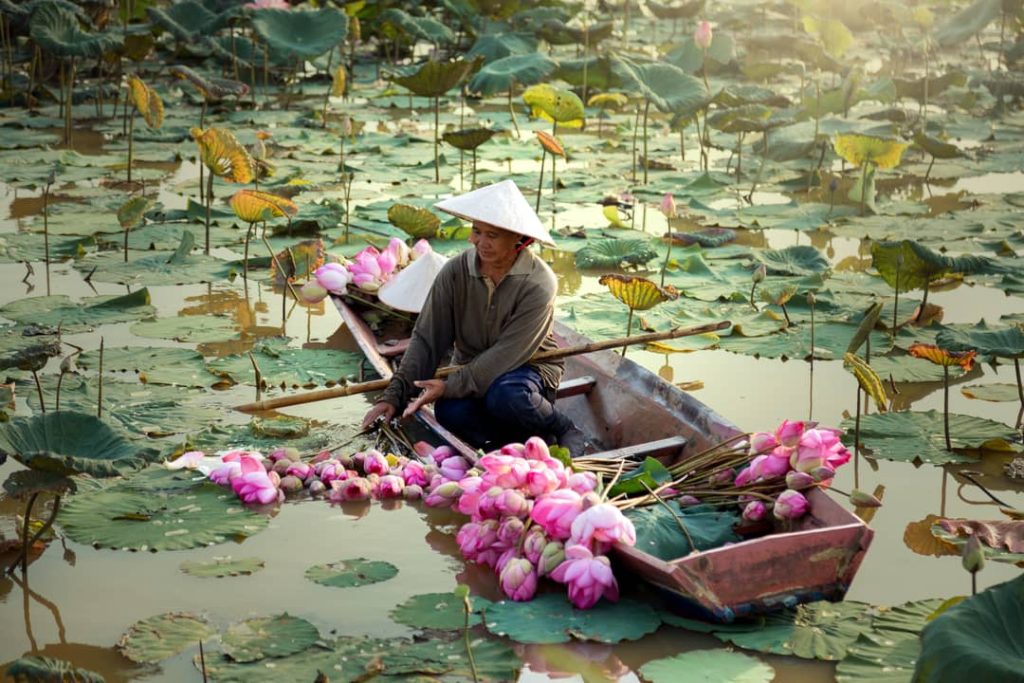
4. Protects humankind
By protecting nature, we also protect our own survival. A lack of natural resources, like a shortage of drinking water, fosters crisis and war. And even the smallest changes in the ecosystem (i.e. if the bees become extinct) can have major effects and fatal consequences for humans.
5. Is a lot of fun!
From hiking and camping to swimming in lakes or riding our bikes, we all enjoy being in nature. What’s more, many tourist regions have realized the importance of promoting wide open spaces and outdoor adventures. Their efforts have led to more green spaces, eco-friendly tours, and other sustainable initiatives. Last but certainly not least, the success of conservationists and volunteers worldwide – rebuilding endangered species, creating reserves, and just giving back to nature – is also a cause for celebration!
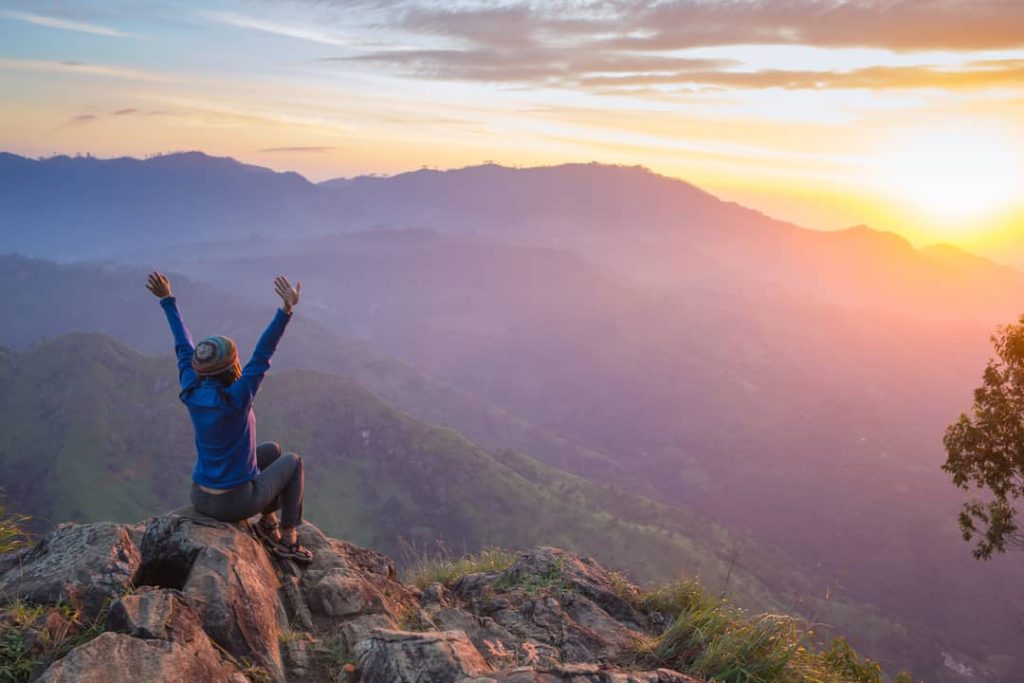
Ways to get involved & help with nature conservation
How would you like to travel and volunteer for nature conservation projects at the same time? Good news! There are a lot of nature conservation projects out there. In other words, you can physically help non-profit projects worldwide and also learn more about local cultures and traditions. That is to say, travel broadens our understanding of the world around us, connects us with people from cultures vastly different from our own, enables developing communities to flourish, and teaches us to be in awe of our planet. Sounds amazing, right?
Without further ado, here are some ways that you can travel sustainably and also volunteer globally.
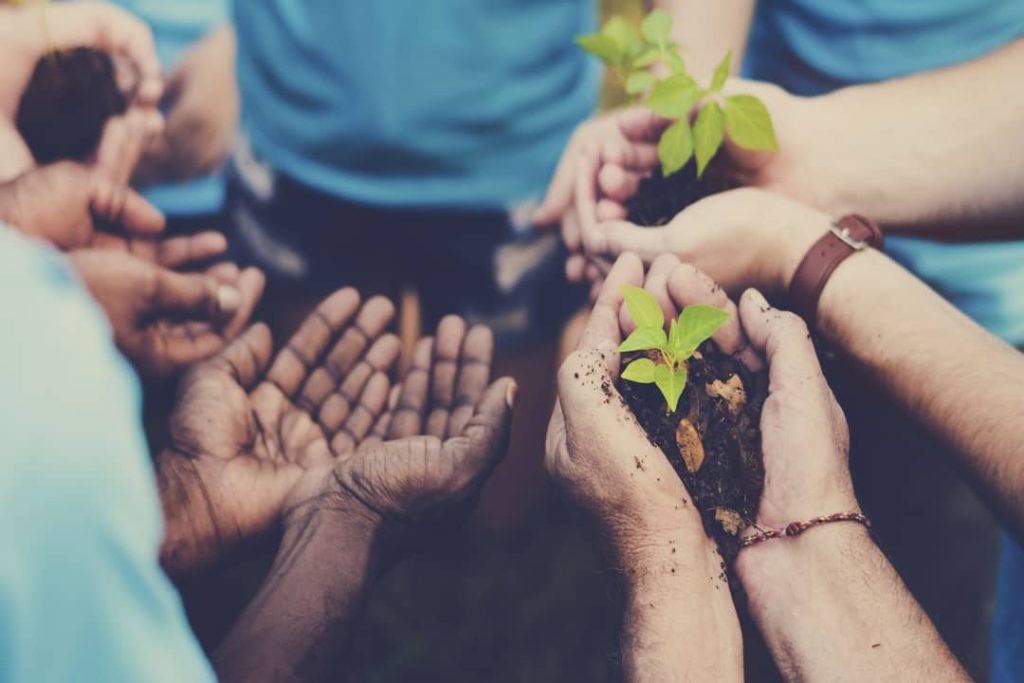
Support non-profit nature conservation projects abroad
Helping out a good cause, while getting to know a host country away from the tourist crowds, is an essential aspect of volunteering. What’s more, it leads to life-enriching travel experiences. So, how about doing some environmental conservation volunteering on the beautiful and remote Sado Island in Japan?
Not only will you get to participate in the protection efforts of the Japanese Crested Ibis (image shown below), but you’ll get the chance to work with local farmers and learn more about the community and its traditions. Cultural immersions like this are incredibly special.
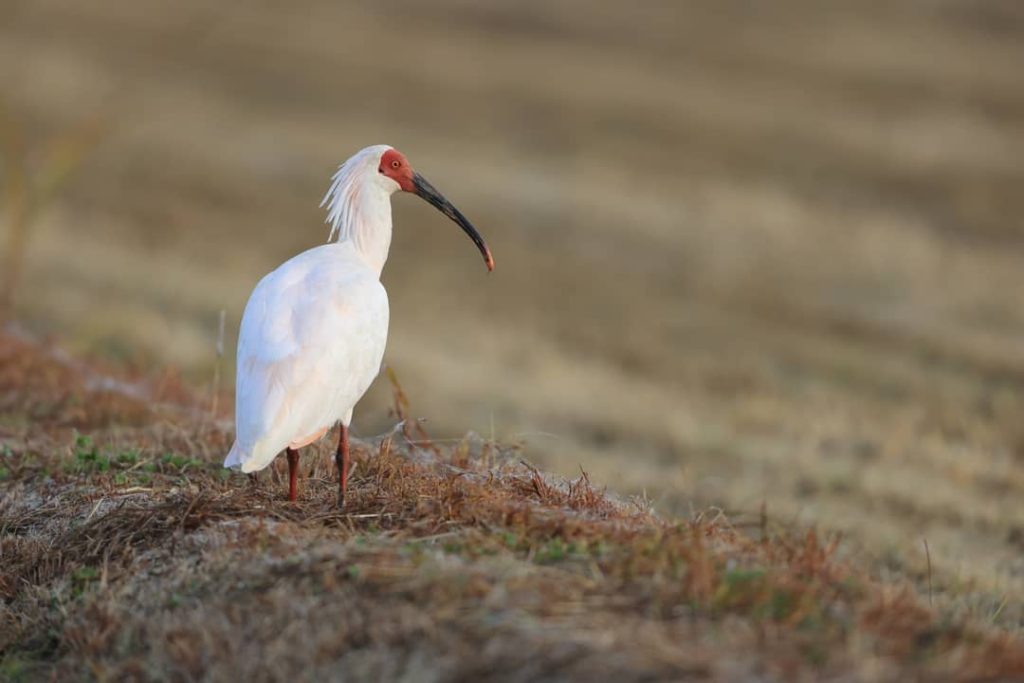
Ready to hear about more wonderful experiences? Visit Thailand to help local communities with English education, sustainable agriculture, and reforestation projects. For example, live like a local while volunteering at the Elephant Reintroduction Project or Chiang Mai University’s Forest Restoration Project in Northern Thailand. At the end of the day, you’ll gain valuable insights into the global interrelationships of our world and return to your everyday life richer in experiences.

Participate in locally-led volunteer projects
Ready to get your hands a little dirty? Volunteer at incredible non-profit organizations throughout Hawaii like Hāmākua Harvest or the Waikoloa Dry Forest, where you will help build trails, clear weeds, and plant trees. You can also join the local communities at Waipi’o Valley and help them plant indigenous and native plants. And don’t forget about all the other locally-led volunteer projects that aim to create sustainable agriculture programs at high schools or restore native forests, fishponds, and Hawaiian archeological sites. Your volunteering options are endless!
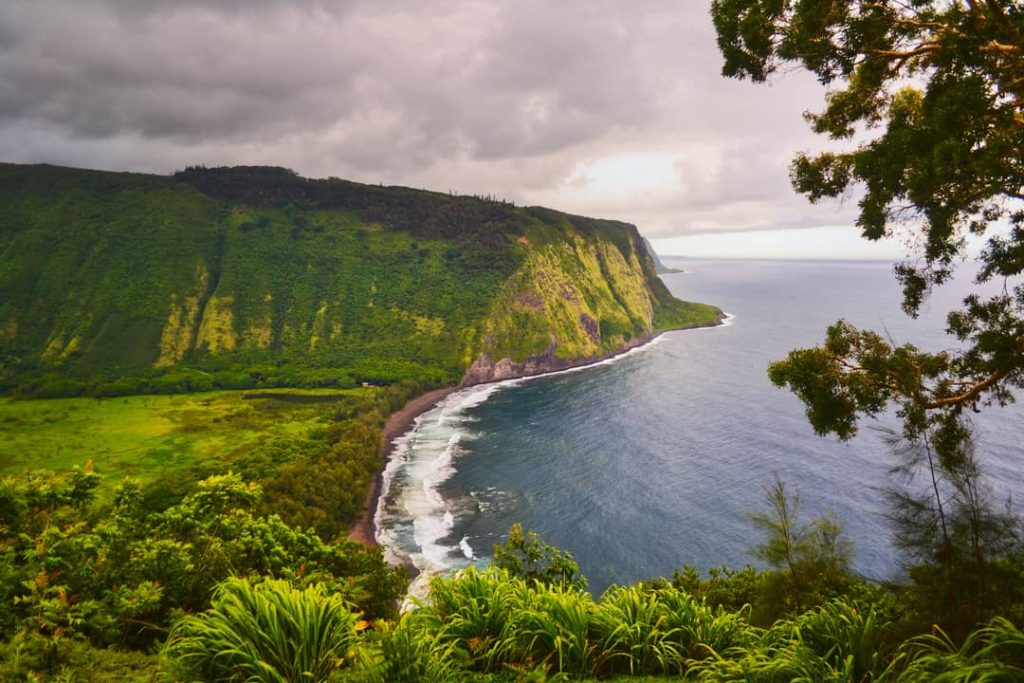
Ready to play your part in nature conservation?
As a part of nature, our very lives and well-being rest upon its conservation. This makes it all the more important to intervene and act responsibly, now. So, join us in wielding travel as a power for good to not only enrich our lives but the lives of all living things around us.
Visit TourRadar to start planning your own life-enriching adventure!

This article was written by Sofya Muhrer-Muromets and edited by Stephanie Fuchs.


